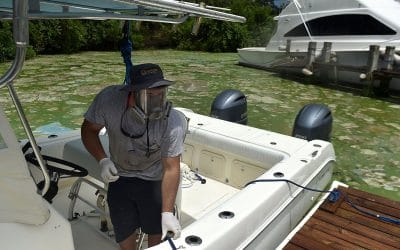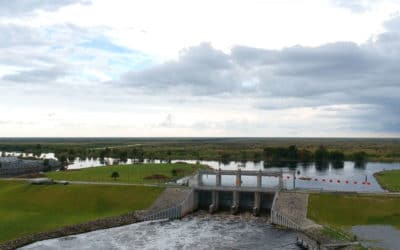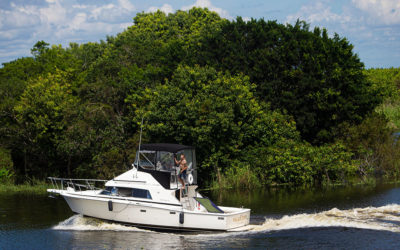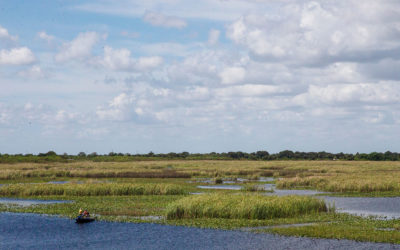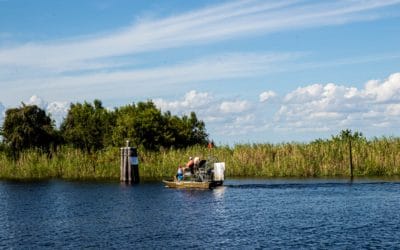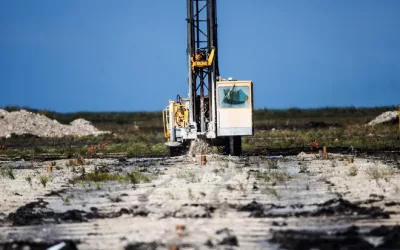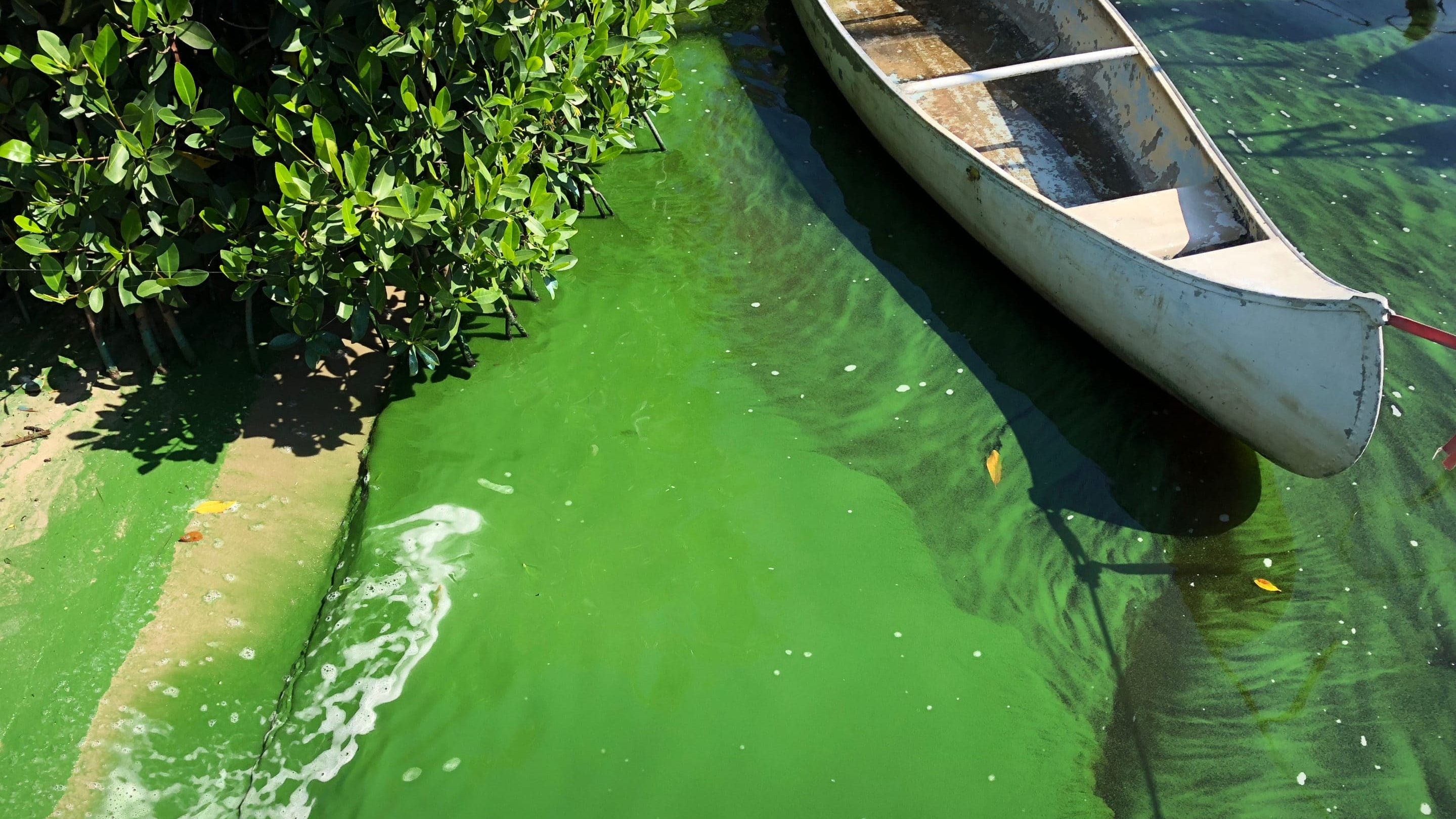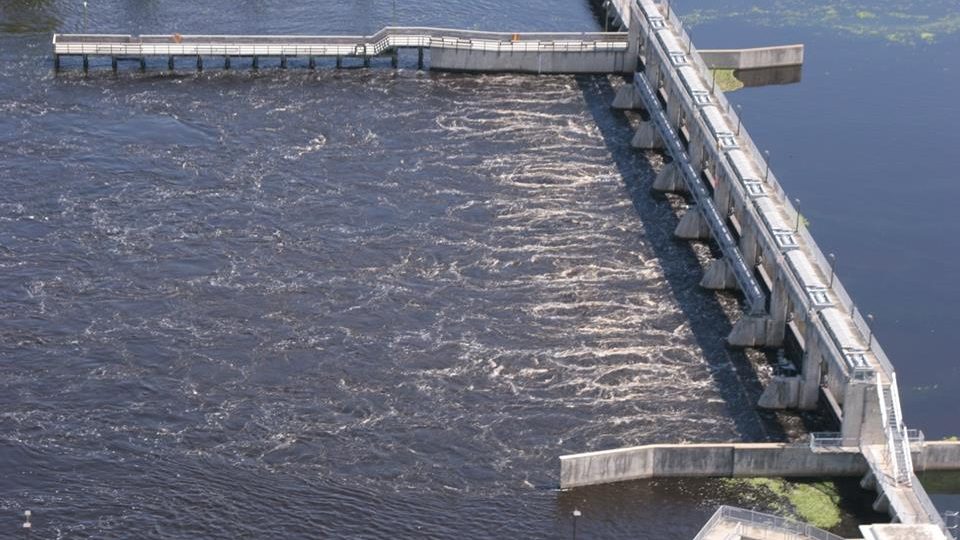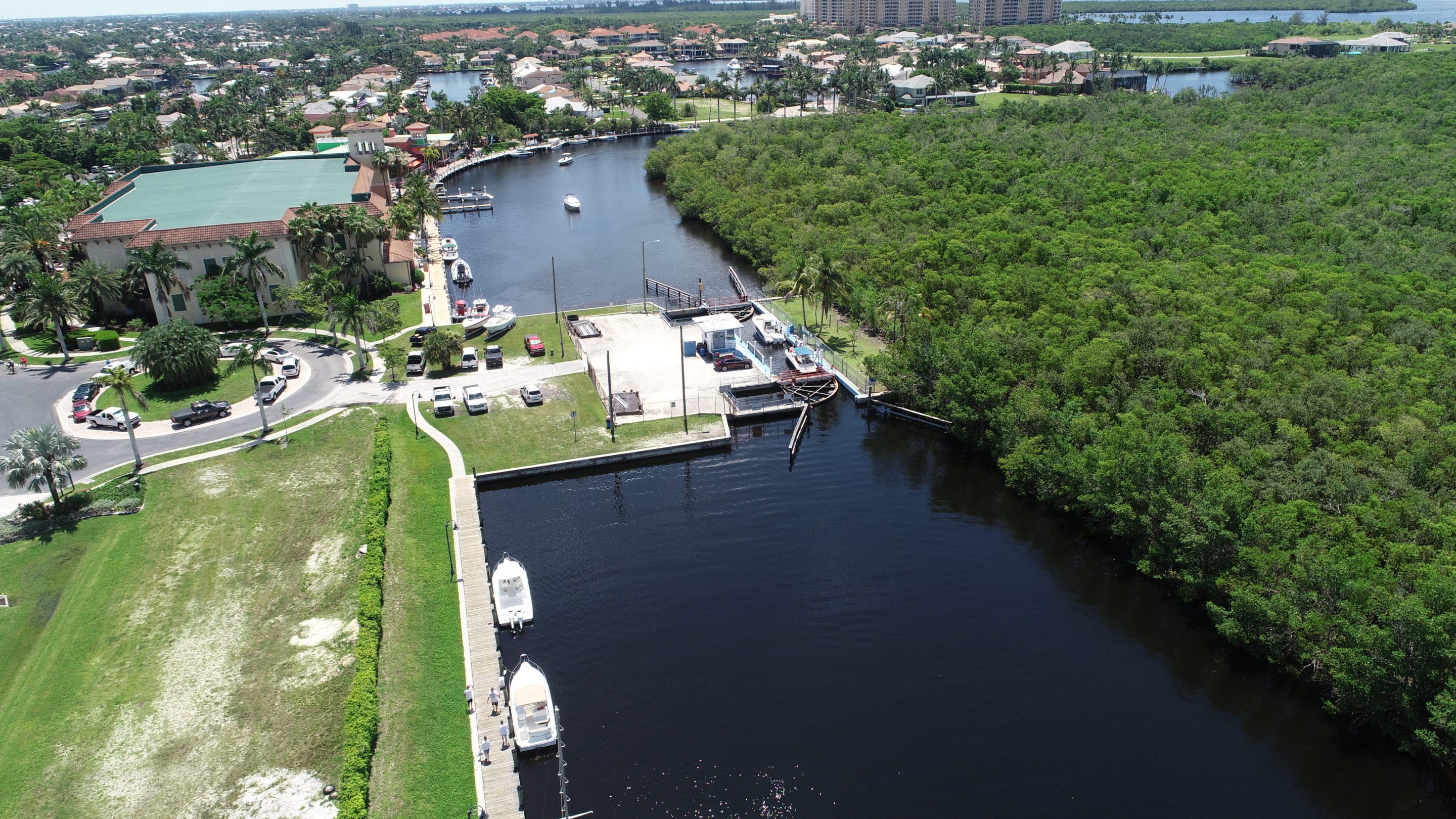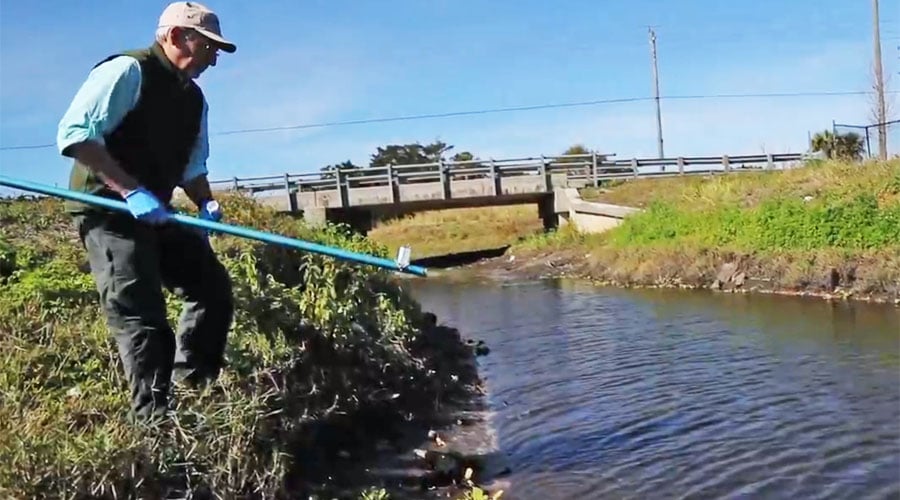Issue:
Lake Okeechobee Discharges
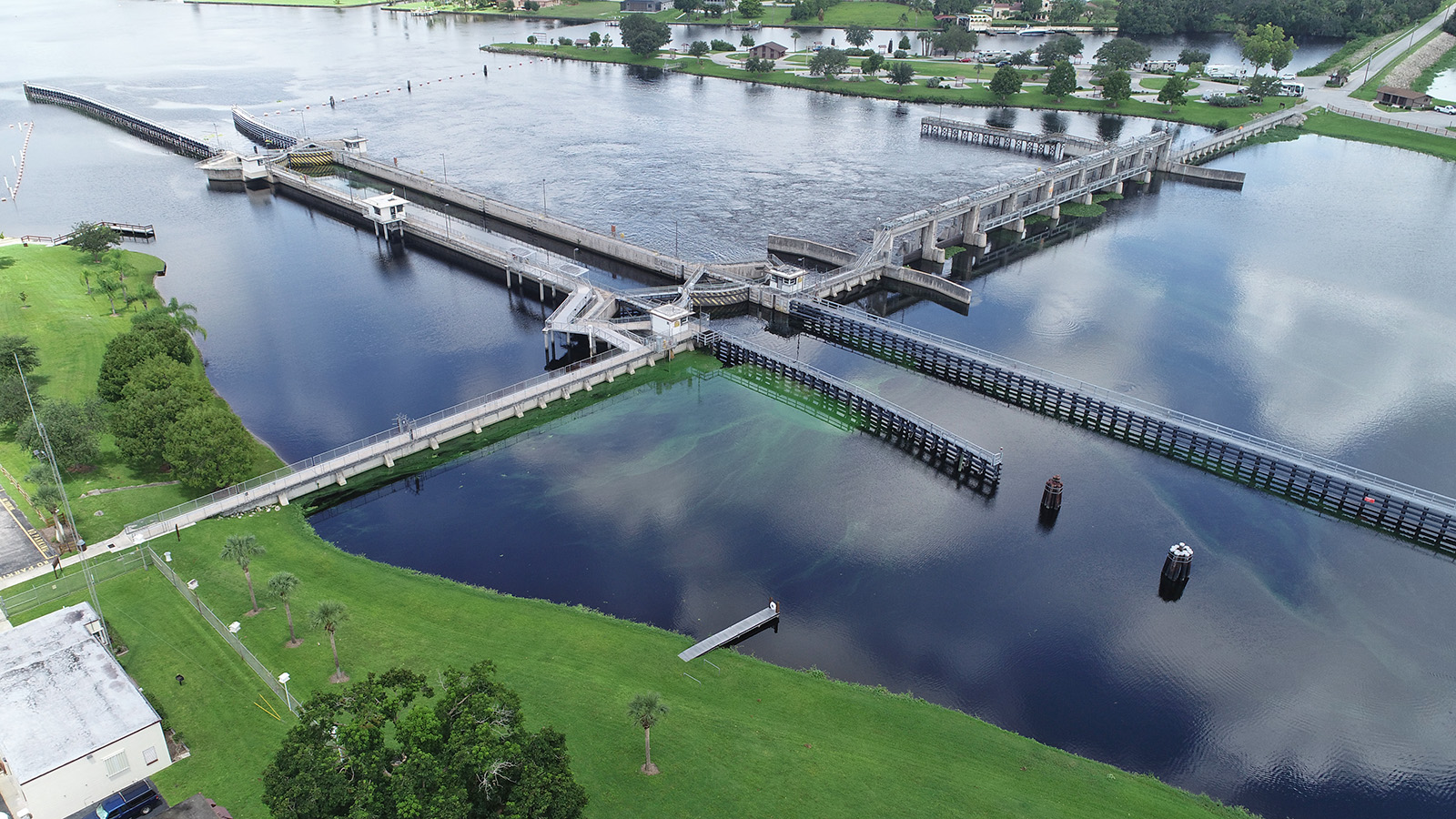
Harmful Discharges
Lake Okeechobee is often referred to as the “liquid heart” of Florida. Unfortunately, over the years, the Lake has become heavily polluted by run-off from agriculture and development in Central & South Florida.
As it was designed in 1947 to avoid flooding south of the lake, the Caloosahatchee and St. Lucie rivers are the two “safety valves” of the system during high water events. Water from Lake Okeechobee is now routinely discharged to these rivers and sent to tide in the Gulf of Mexico and Atlantic Ocean. This practice is also starving Florida Bay of the freshwater it naturally received through the historic Everglades.
In the wet season, massive amounts of nutrient polluted water is now being sent to the Caloosahatchee River. This nutrient rich water is exacerbating harmful algal blooms of increasing scope and frequency.
The federal Army Corps of Engineers is responsible for the Lake’s operation. The Corps’ operational manuals consider public safety and many other objectives set forth by the state’s South Florida Water Management District.
Minimum Flows & Levels
To complicate matters for the Caloosahatchee, our brackish water estuary thrives with a certain amount of freshwater sustaining Vallisneria tape grass near Fort Myers. When dry season rainfall is not enough to suppress salinity levels, tape grass die-offs occur.
As a result of these two seasonal swings, and water mismanagement by government agencies, the Caloosahatchee often suffers from too much freshwater in the wet season, and not enough freshwater in the dry season.
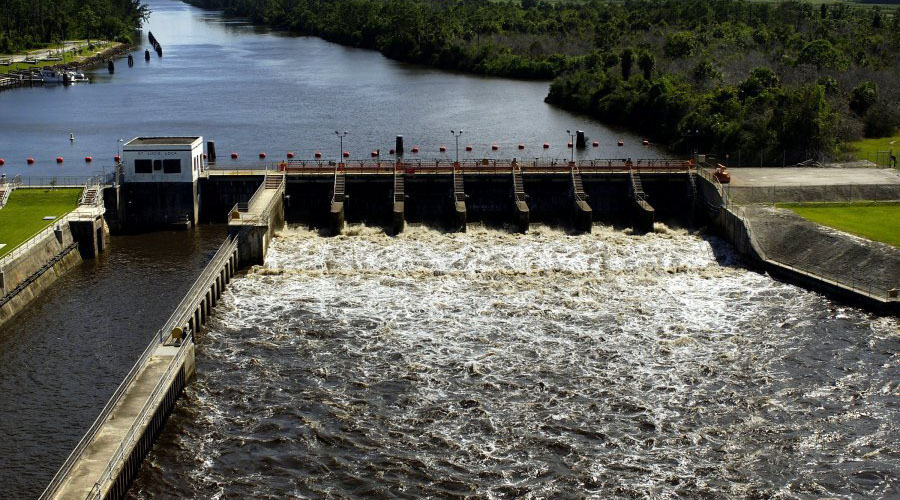
Useful Links
Lake Okeechobee Status

There are a number of tools we use to gather information about the current status of harmful algal blooms on the Lake, as well as the flows being overseen by water managers. Here are a few of the best:
Related News Stories
Lake Okeechobee
‘Look at the Water for Evidence’: Data Proves Florida Pollution Prevention not Working
Available water sampling data proves – for the first time – that Florida’s flagship program to reduce water pollution isn’t working. And that pollution is contaminating waterways and sparking toxic algal blooms in the St. Lucie and Caloosahatchee rivers.
Critics ‘Not Totally Sold’ on Army Corps’ New Plan for Lake Okeechobee Releases
Dozens of scientists, environmental groups, elected officials and agency heads met to talk about recent changes to a still-controversial plan to govern Lake Okeechobee releases. Paul Gray, Audubon Florida’s director of science, offered a cautionary tale about becoming strictly wedded to policies that don’t necessarily make ecological sense.
New Lake O Plan Still Drawing Concerns Over Water Quality in Historic Everglades System
A proposed Lake Okeechobee management plan is still drawing concerns from state water managers and the public as the U.S. Army Corps of Engineers continues to finalize what’s called the Lake Okeechobee System Operation Manual, or LOSOM.
Army Corps to Release Modeling Data for New Lake Okeechobee Plan Later this Month
The public will soon get a chance to see models the U.S. Army Corps of Engineers has been using to formulate a controversial Lake Okeechobee management plan that will be in place for more than a decade. The plan governs water releases and lake levels.
Florida Coasts Battle Over Water Releases as Controversial Lake O Plan Nears Completion
A new plan to regulate Lake Okeechobee’s water levels and outflows is nearly complete. It’s also a complete mess, or a good plan, or simply flawed, depending on who you talk to. As Calusa Waterkeeper John Cassani sees it, none of the stakeholders feel duly accommodated.
Sugar lawsuit causes concern among environmental groups who fear EAA reservoir project delays
“Corporate sugar isn’t the only bad actor here,” Cassani said. “The legislators do whatever they can to keep the status quo. You can hardly blame the corporate industry for taking advantage of these bought-out politicians. You pay to play and the sugar industry has paid.”
Make a Donation
Get Notified
Priority Issues
Harmful Algal Blooms
Cyanobacteria & Red Tide
Cyanobacteria (blue-green algae) and Karenia brevis (red tide) have been making major impacts on Southwest Florida.
Lake Okeechobee Discharges
Revise System Operating Manual
The Caloosahatchee River often suffers from too much freshwater in the wet season, and not enough freshwater in the dry season.
Cape Coral Spreader Canals
Nutrient & Sediment Loading
The City of Cape Coral is working to remove large storm-water barriers to make recreational boating more convenient.
Bacteria Monitoring
Fecal Indicator Bacteria
Calusa Waterkeeper has been at the forefront of monitoring this Fort Myers tributary for fecal bacteria indicators.

























